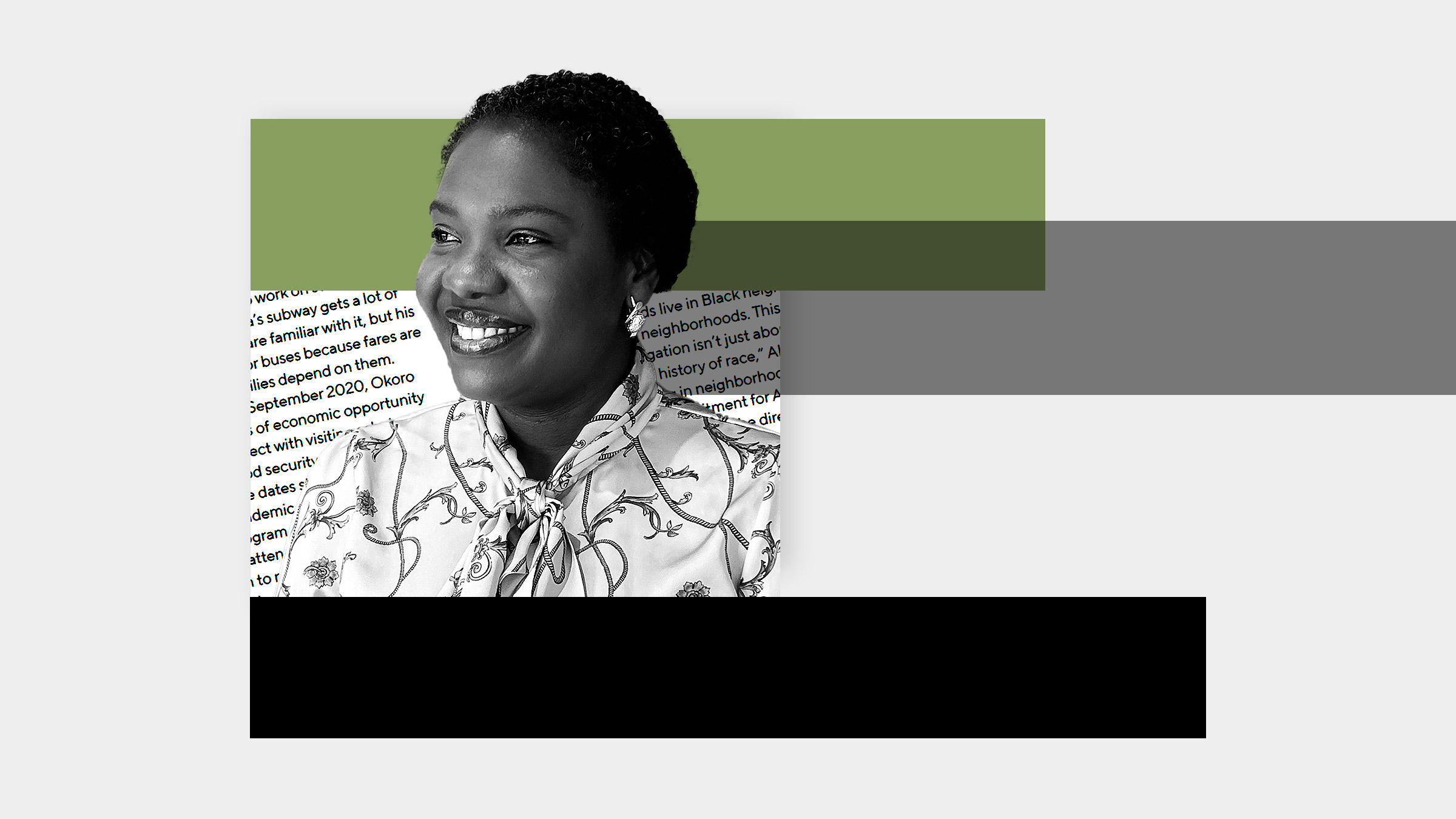Abstract
Applied general equilibrium (AGE) models, which feature multiple countries, multiple industries, and input-output linkages across industries, have been the dominant tool for evaluating the impact of trade reforms since the 1980s. We review how these models are used to perform policy analysis and document their shortcomings in predicting the industry-level effects of past trade reforms. We argue that, to improve their performance, AGE models need to incorporate product-level data on bilateral trade relations by industry and better model how trade reforms lower bilateral trade costs. We use the least traded products methodology of Kehoe et al. (2015) to provide guidance on how improvements can be made. We provide further suggestions on how AGE models can incorporate recent advances in quantitative trade theory to improve their predictive ability and better quantify the gains from trade liberalization.





